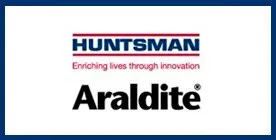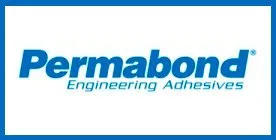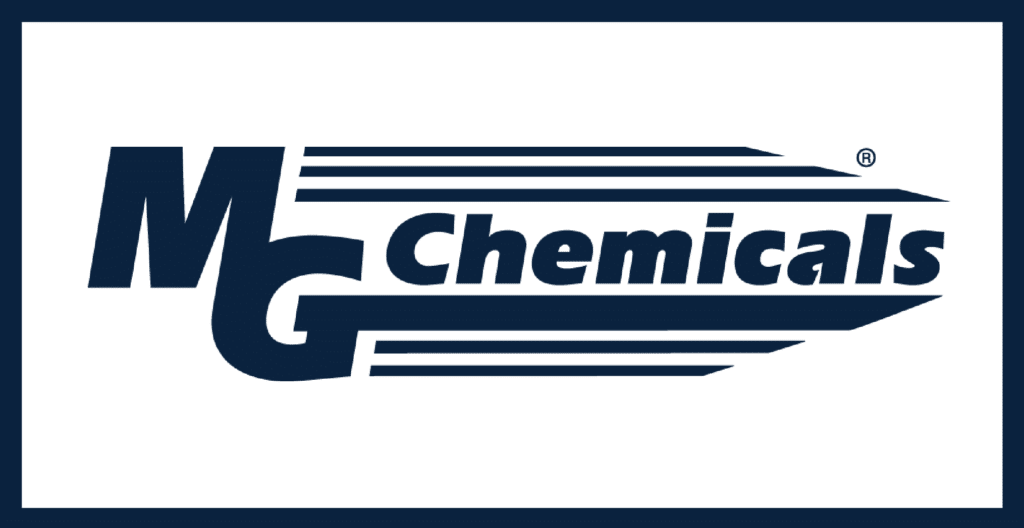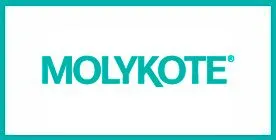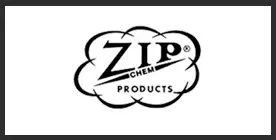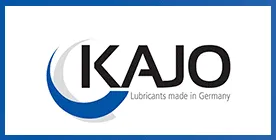Hydraulic Systems: Main Components
Hydraulic systems utilise pressurised fluids to move objects and perform mechanical work with ease. They are routinely used to improve the function, safety, controllability, and load-carrying capacity of material handling equipment.
Common applications where hydraulic systems are used include forklifts, car breaks, car jacks, lifts and conveyor belts.
The global annual hydraulic systems market is valued at £45 billion, growing at a CAGR of 3.8%. This growth is accounted for by increasing demand for material handling equipment, namely within the construction industry. This increased demand has led hydraulic system manufacturers to look for more innovative solutions to reduce costs and improve quality in this competitive market.
Reservoirs
Hydraulic reservoirs are tanks that store the hydraulic fluid within the hydraulic system.
Hydraulic reservoirs are typically made of stainless steel or aluminium. They are manufactured to transfer heat from the system, handle high temperatures and pressures, and be spacious enough to avoid the overfilling of oil.
It’s important to replace the hydraulic fluid in the reservoir when contamination or degradation of the oil is suspected, or if it has been subjected to excessive heat.
Reservoir Filters
Reservoir filters are used to avoid contamination of the hydraulic fluid. Dust, external particles, water droplets and rust are all captured by the filters, ensuring that fluid doesn’t get contaminated. In this way, they are essential in preventing damage to the hydraulic systems. Reservoir filters are typically made of micro-fibreglass, phenolic-impregnated cellulose, and polyester.
It’s therefore important that the best-in-class solutions are used when manufacturing and installing reservoir filters, and that the reservoir filters are cleaned or replaced at regular intervals.
Pumps
Hydraulic pumps move the hydraulic fluid through the hydraulic system, converting the mechanical energy of fluids to hydraulic energy. Pumps used within hydraulic systems typically contain the following components:
- Pump casing: protecting the inner components of the pump; typically made of aluminium or cast iron.
- Impeller blades: rotating the fluid to flow at a higher potential energy; also used as a cooling agent.
- Shaft: used as a base to mount the impeller blades; typically made of steel or stainless steel.
- Bearings: used to rotate impeller blades continuously.
- Sealings: used to protect bearings and other critical components within the pump.
Electric Motor
Electric motors power the hydraulic pumps within hydraulic systems. As a result, if the electric motors within a hydraulic system stop working, so does the whole system.
It’s therefore essential that the electric motors are protected from temperatures, pressures and environmental factors – reducing the chance of premature failure and breakdowns.
Valves
Hydraulic valves are used in a hydraulic systems to start, stop, and direct the flow of fluid. They can also regulate the movement of cylinders and the speed of electric motors.
Hydraulic valves are typically made of steel, iron, or other metals. They are designed to function under high pressures and temperatures, ensuring the proper performance of the systems at all times. They can be actuated through pneumatic, hydraulic, electrical, manual, or mechanical means.
Actuators
Hydraulic actuators, most commonly cylinders and hydraulic motors, perform the role of converting hydraulic energy into mechanical energy.
Hydraulic cylinders are composed of a cylinder barrel, base, cap, piston rod and seal glands.
Main hydraulic motor types range from gear, vane and piston motors.
Adhesives, Sealants & Lubricants for Hydraulic Systems
Adhesives, sealants & lubricants ensure reliability, durability, and cost-effectiveness for hydraulic systems.
Hydraulic systems constructed with adhesives, sealants & lubricants benefit from the following:
- Reduced weight – increasing energy efficiency of the hydraulic system; more compact.
- Optimised temperature regulation – optimised performance across wide temperature ranges.
- Protection from friction and wear – increasing durability.
- Protection from oxidation, corrosion and hazardous chemicals – increasing durability.
- Protection from water, humidity and environmental factors – increasing durability.
- Reduced vibrations and rattles – improved user experience and less chance of damages.
- Increased load carrying capability – can handle heavier forces without damage.
- Ability to bond various dissimilar materials – metals, composites, plated surfaces, etc.
- Keeping key components clean – lubricants can wash away contaminants, avoiding damage to components.
- Resistance to dynamic pressure changes and operating pressures – increasing durability.
- High impact resistance and structural strength – increasing durability.
These advantages lead to reduced downtimes, reduced maintenance and repair costs, improved safety, and prolonged equipment lifespan.
Here we explore our top adhesives, sealants and lubricants for hydraulic systems:
Araldite 2014-2 is a two-component epoxy adhesive that displays high-temperature resistance and good adhesion to various substrates. The superior gap-filling capabilities allow 2014-2 to reliably bond electric motor casings within hydraulic systems.
Araldite CW 5742/HY 5726 is an epoxy casting and impregnating resin system that can be used for encapsulating rotors and stators within motors. It provides great thermal and chemical endurance, as well as superior flow and gap-filling properties.
Araldite 2018 is a cold-curing polyurethane adhesive that can be used for the repair of conveyor belt hydraulic systems. It is designed for use on thermoplastics and provides a flexible, pale-coloured bond. With an easy application and optimised cure time, it offers an efficient belt repair solution to limit unexpected downtime and keep hydraulic operations running efficiently.
Krytox GPL 227 is a high-performance grease that can be used in conveyor belts to reduce wear and friction, protect against oxidation and corrosion, and increase the durability and reliability of components. It is stable at high temperatures, non-flammable and chemically inert. It has been designed specially to provide support and absorb pressure under high loads, by increasing its viscosity.
Krytox VPD 1506 is a performance lubricant that can be used to reduce the risk of fire in pumps. It is non-reactive, non-flammable, and can replace any PFPE fluids as well as any other type of vacuum fluid. It can be used in vacuum pump applications where conventional oils cause safety and maintenance issues.
Molykote 111 is a silicone-based lubricant that can be used to lubricate valves within hydraulic systems. It is highly compatible with plastics and elastomers, and provides a high sealing capacity even in pressure and vacuum systems or outdoors. It works optimally in a wide temperature range (from -40⁰C to 200⁰C) and provides excellent resistance to water and chemical products.
DOWSIL 732 is a silicone adhesive and sealant that can be used for sealing joints and connectors for waterproofing pumps. It offers great adhesion to many substrates, is easy to apply and is stable and flexible from -60ºC to 180ºC.
Molykote 55 is a silicone grease ideal for lubricating O-rings within hydraulic systems. O-rings are commonly found in hydraulic systems in the marine and aerospace industries, where effective sealing and lubrication are a must. It provides dynamic lubricant between rubber and metal parts, a wide service temperature range and high resistance to oxidation.
Get in contact with our technical experts to find the most suitable solution for your hydraulic system.

